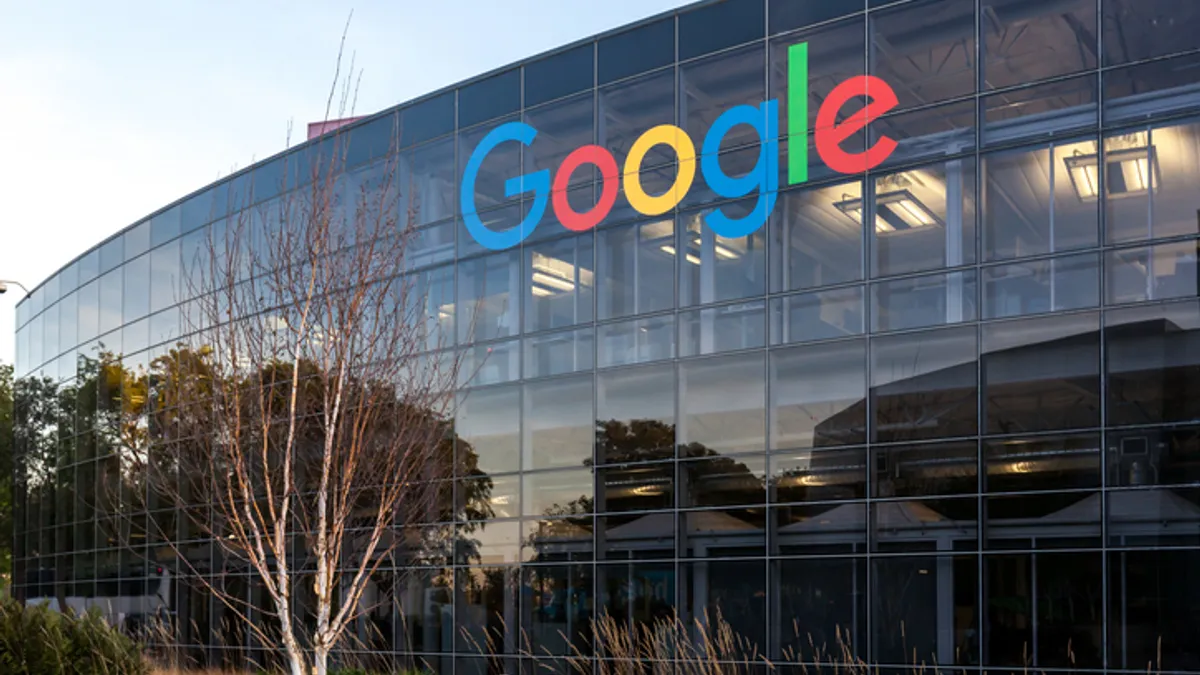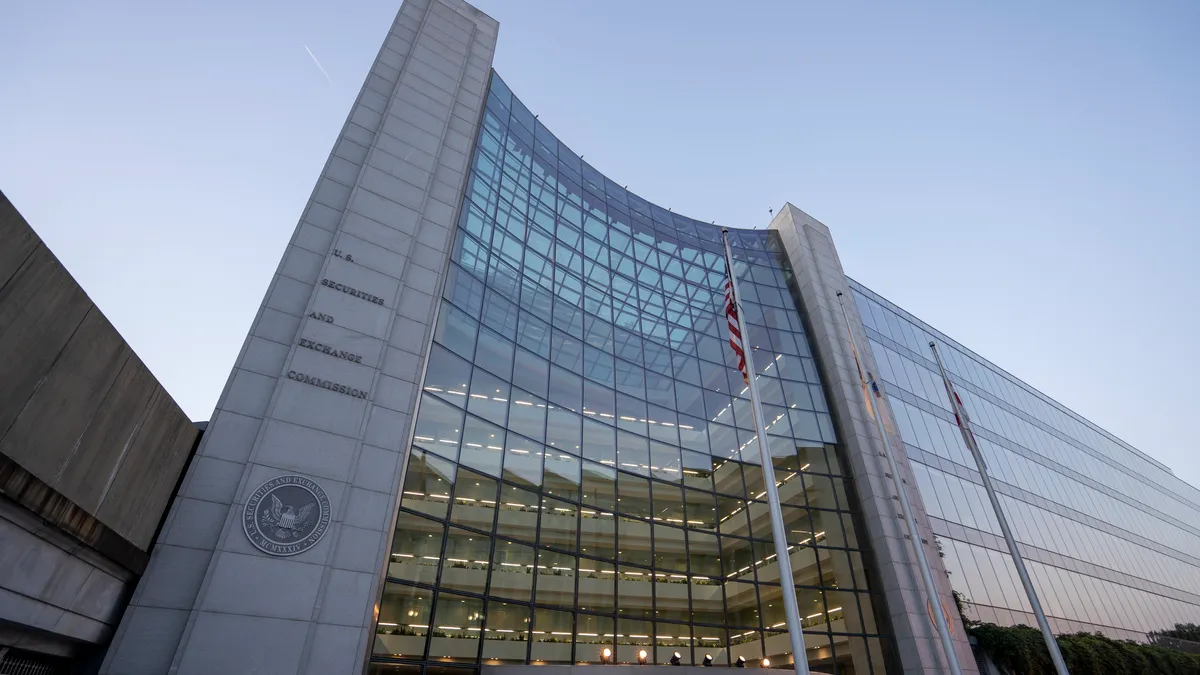David Moschella is a nonresident senior fellow at the Information Technology and Innovation Foundation . The foundation receives financial support from Alphabet, Amazon, Apple, Meta and Microsoft. Views are the author’s own.
During the 20th century, the giants of the American technology industry — IBM, AT&T, Microsoft and Intel — were each put through the antitrust wringer. Yet all four investigations delivered the same basic message: It’s changing technology, not large government interventions, that ultimately checks the power of dominant firms. Expensive, multi-year attempts to break up the leaders of the day either failed or proved unnecessary. In contrast, more narrow and targeted policies have often helped the digital world move forward. As the cases against Alphabet, Amazon, and Apple unfold, this history is worth revisiting.
In the 1950s, 1960s, and 1970s, IBM dominated the computer business like no one else ever has or will. In 1969, the Justice Department sought to break up the company into separate mainframe and small system organizations because it feared that IBM would inevitably extend its dominance into satellites, telecommunications, financial services, robotics and other domains. While IBM tried, it consistently failed in these areas. More importantly, during the 1980s and 1990s, Intel, Microsoft and other new companies ended IBM’s industry leadership. The government was right to drop its case in 1982, but 13 years of courtroom proceedings were an enormous waste of time, energy and talent.
Today’s antitrust supporters tend to ignore the IBM fiasco and emphasize what they see as the successful break-up of AT&T, also in 1982. But this claim is mostly an example of grading your own homework. Looking back, it wasn’t the formation of seven new regional telephone companies that changed the global telecom industry; it was new technology — especially the internet, mobile phones, the use of cable TV systems to provide high-bandwidth services and both Wi-Fi and Bluetooth. The break-up of AT&T also had two damaging unintended consequences: the demise of both Bell Labs, once the world’s leading technology research center, and Lucent (formerly Western Electric), once the world’s leading telecom manufacturer. To this day, telecom equipment is the only major tech sector where Asian and European firms dominate.
During the 1990s, it was Microsoft that was deemed unstoppable, and in May of 1998 DOJ filed its antitrust suit. As with IBM and AT&T, the goal was to break up the market leader, this time by separating Microsoft’s applications from its operating system business. But even as the case proceeded, Microsoft was on the defensive, as the company missed the early years of both the Internet and mobile phone businesses. Microsoft and DOJ settled the suit in 2001, with only minor Microsoft concessions. As in the IBM case, the often-heated courtroom debates mostly resulted in wasted time and huge legal fees.
Then there is Intel. In 1981, IBM chose to use Intel chips in its personal computers. As the global market for PCs exploded, Intel’s microprocessor dominance raised many concerns and numerous lawsuits in the United States, Europe, and Japan, and these pressures did change some of Intel’s business practices, increasing microprocessor industry competition. But once again, the truly decisive changes came from the marketplace: first, the spectacular growth in mobile phones, nearly all of which use semiconductor designs by the British firm, Arm; then the emergence of the fabless chipmaker and the rise of TSMC, and now artificial intelligence, where Nvidia chips have achieved record-breaking success.
Importantly, IBM, AT&T, Microsoft, and Intel are all still here, and are all still large and successful companies, but no one would say they dominate the IT industry. In all four cases, the market has moved on to new areas of growth and innovation. A similar shift is happening now as AI becomes the industry’s new center of gravity.
That major antitrust interventions have not been needed doesn’t mean there has been no role for government. Companies are not saints, and IBM, AT&T, Microsoft, and Intel sometimes did make life very difficult for their competitors. Rulings and pressures from courts and regulators in the United States and Europe addressed some of these concerns. IBM agreed to provide interface specifications that made it easier for firms to make and sell interoperable products. AT&T was forced to allow non-AT&T telephones and long-distance carriers such as MCI to connect to its nationwide network. Microsoft and Intel modified their business practices to treat PC suppliers more even-handedly. These were all significant improvements, with few serious downsides.
Taken together, the antitrust overreaches and targeted successes of the past point the way forward. As in the past, the need for sweeping interventions is dubious. While it might be tempting to break-up Alphabet into search, email, Android, YouTube, and other businesses; separate Amazon’s retail and cloud computing businesses; or force Meta to divest Instagram and/or WhatsApp, this type of armchair chess playing has always proved unnecessary and can easily have damaging unintended consequences. The Alphabet case is even repeating the embarrassing pattern of taking place at the very time the firm is facing serious new competition—in this case, AI-empowered search from OpenAI and others.
The bottom line is that antitrust proponents need to be honest about the past, realistic about how much they should try to do, and smart about how to do it. This has never been an easy task, and it won’t get any easier. Faced with a rising China and the massive investments needed for an AI-driven future, America’s digital economy needs to be carefully nudged forward, not unilaterally dismantled and punished. New technologies have always humbled the giants of the past, and there is no reason to believe they won’t do so again.


















